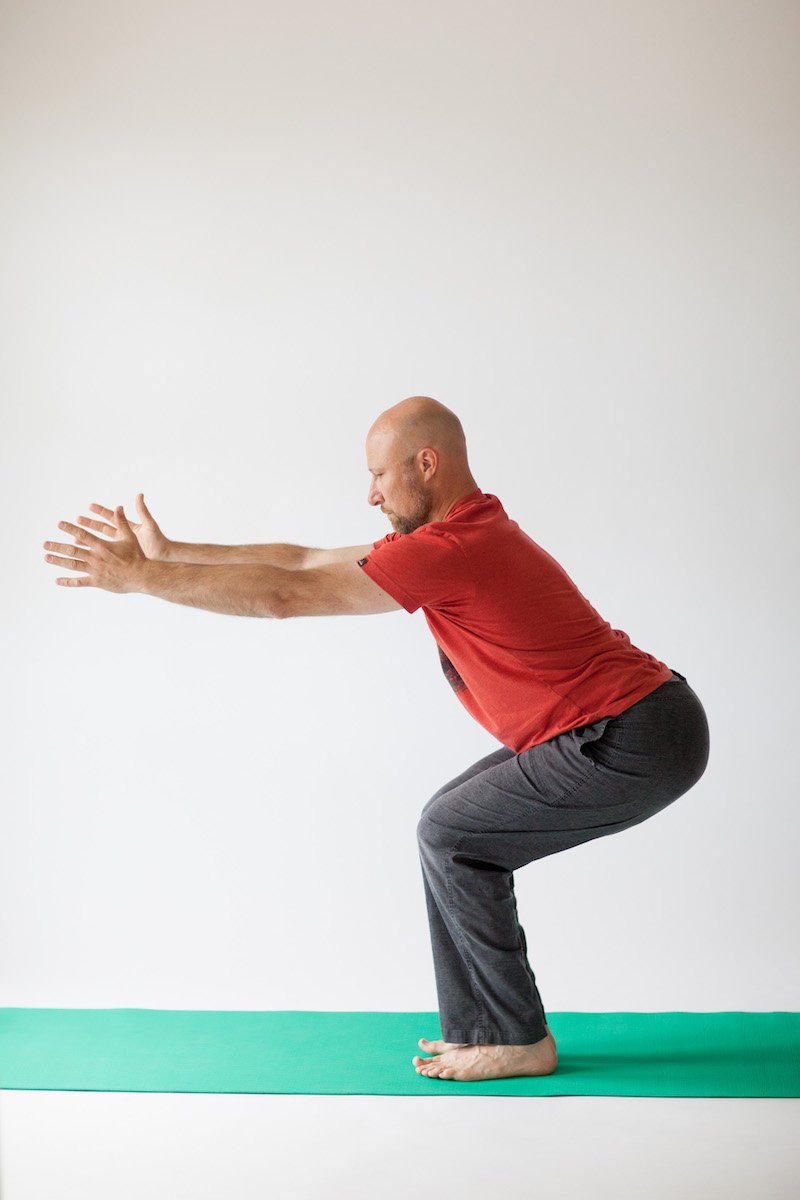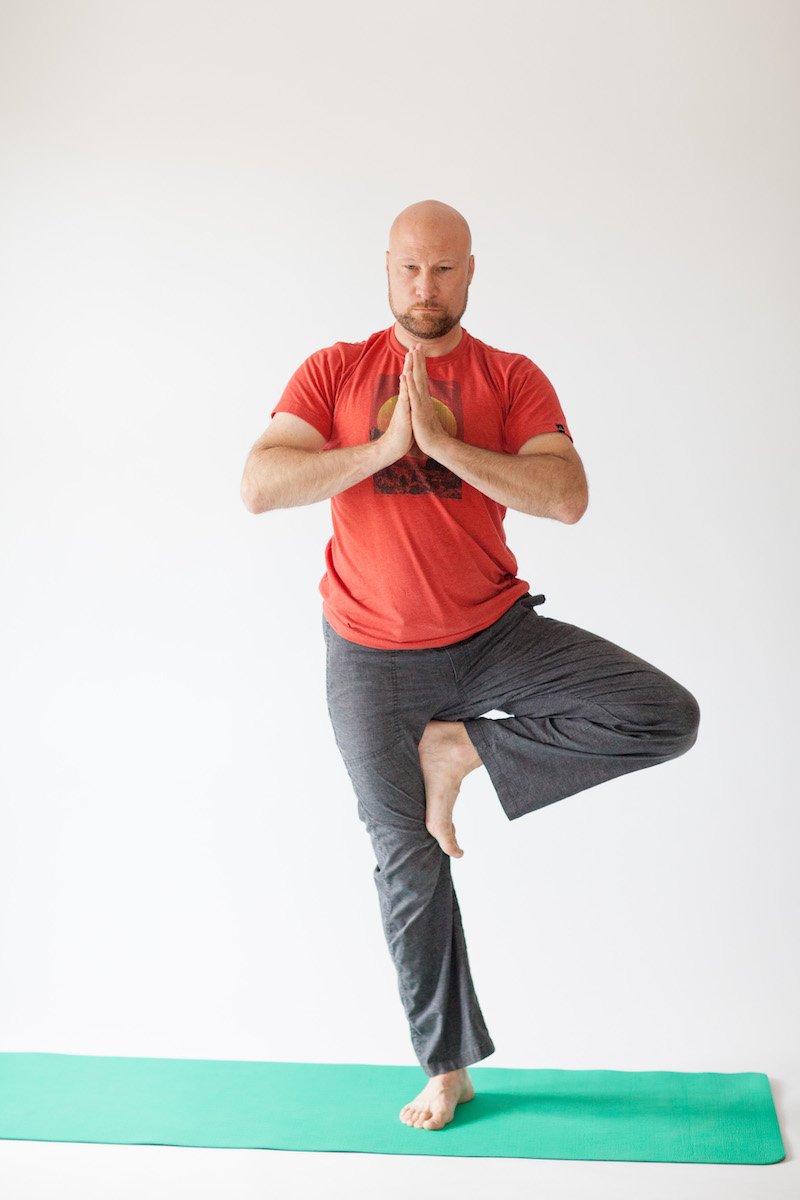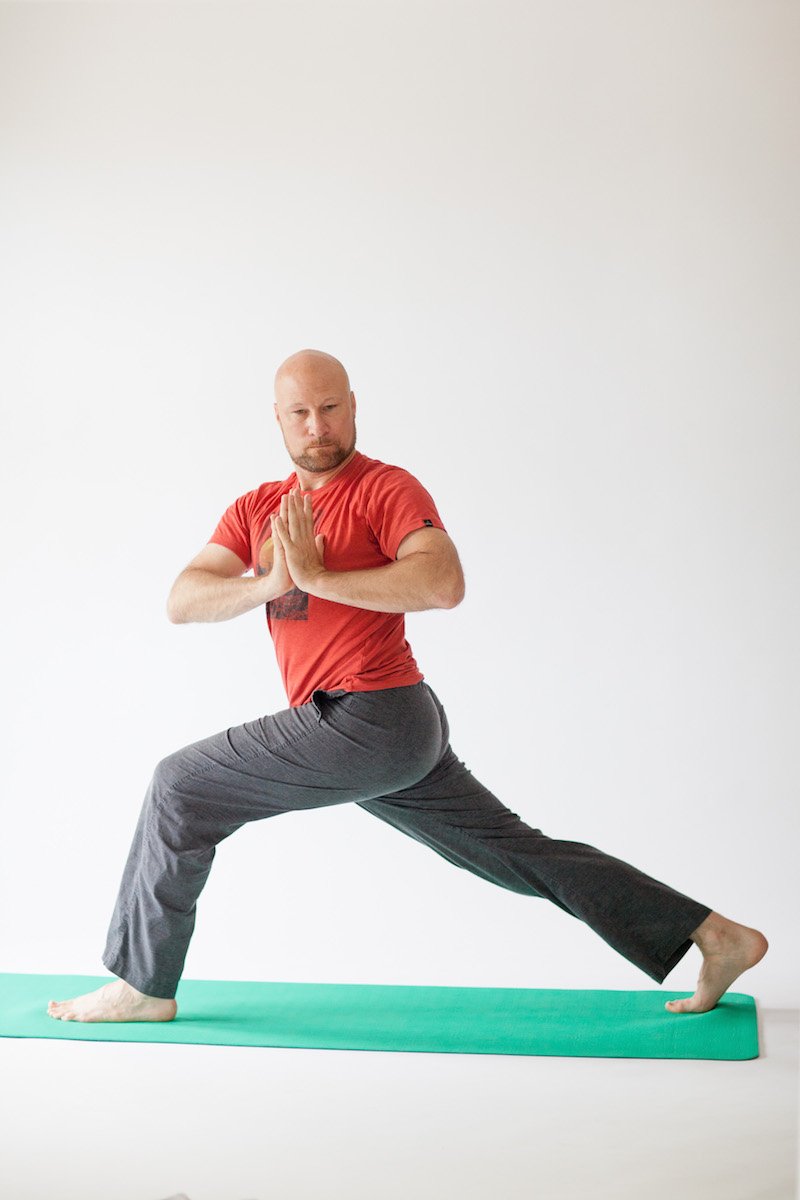Balance. We all need it to be successful in life. Athletes need it to best their physical best in their sport. Teachers and professors require the mental stability to juggle all of their student's particular needs. Spouses and partners need emotional steadiness to deal with the complexities of being in an intimate relationship. And we all personally need poise and solid footing when we’re dealing with the up and downs that life loves to throw at us.
Finding one’s symmetry in life to stay grounded can be difficult. When you have the full awareness of these challenges, it’s imperative to find a positive way to stabilize yourself to stay healthy. One option is engaging in mental health therapy to help find a balance for emotional issues in life. Another choice is seeking spiritual guidance at your place of worship to steer you onto a positive path. Exercise is also an excellent addition to mental health therapy to find balance in your life. Running, cycling and weight training are fantastic choices, but yoga is another alternative to improve balance in your life.
Studies have shown that Yoga will strengthen your primary balance muscles. It improves the equilibrium receptors located in our ears which helps the body to find symmetry. Mental and emotional benefits include increased focus, concentration, stress reduction, and confidence-building,
Here are the five yoga poses that you can begin to practice to add overall balance to your life.
Mountain:
Benefits:
It helps to develop concentration, confidence, balance, and focus.
It strengthens the knees, hips, back, shoulders.
Supports posture and body alignment.
Stand with the feet hip-width apart, toes pointing forward, and the arms alongside the body with the fingertips pressing toward the earth. Lift the sternum and lengthen through the crown of the head. Feel the quads squeeze together and engage the core.
As you inhale, lift the arms out to the side of the body and then bring them overhead. Relax the shoulders down the back and reach the fingertips to the ceiling. Keep a soft gaze in front of you or close your eyes to invite introversion.
Breathe here for 3- 5 complete breaths.
As you exhale, bring the arms slowly down until they are alongside the body.
Pause and feel.
Repeat.
Standing Squat:
Benefits:
It develops focus, balance, and stability.
It strengthens the feet, ankles, knees, quads, glutes, core, and shoulders.
It increases blood circulation to the lower extremities.
From the mountain, shift your weight onto the heels and lift your toes to feel full weight distribution taking place (keep toes raised throughout for extra work).
Bring hands at the chest in Namaste, lift the arms straight out in front of you, or lengthen the arms overhead.
Engage the core and imagine as if you have a chair behind you.
Lift your heart, begin to bend the knees, and take your sitz bones back towards that chair into your squat.
Pause and check that your knees are not going past your toes and that your shoulders are relaxing.
Breathe here for numerous breaths and play with how low you can go.
On an inhalation, come back up to a standing position
Release and repeat.
Modifications:
Don’t go as deep into the squat.
If the shoulders are tired, keep the hands at the chest in a prayer position or place them on your thighs.
Eagle
Benefits:
It strengthens the ankles, calves, quads, and hips.
It stretches the Rhomboids.
It Improves focus and balance.
Start in Mountain with the arms alongside the body.
Shift weight onto the left foot, lift the right foot off the ground, cross it over the left leg, then either rest the foot on the side of the left leg or wrap the foot around the left calf.
Inhale to lift the arms to a t-position. As you exhale, bring the arms towards each other at the center and cross the left arm over the right arm. Bend the right arm at a 90-degree angle, then bend the left arm at a 90-degree angle and bring the palms of the hands together.
Press the arms slightly away from the face and begin to lift the arms towards the ceiling.
Engage the core, keep the chest lifted, drop the gluts back and start squatting towards the earth.
When you find your working stance, pause here for 3- 7 breaths.
Engage the core to come back to the center to release the legs and arms.
Notice how the body feels for a moment, then change side and repeat.
Modifications:
Keep the top arm extended if that shoulder bothers you.
Bring hands to Namaste at the heart if both shoulders are injured.
Place the leading foot on a block to help you balance the body.
Tree:
Benefits:
It helps balance, focus, and stability.
It strengthens the legs.
It stretches the inner thigh, groin, and hips.
Start in the Mountain pose and feel both feet engaged into the earth.
Begin to shift weight between the left foot and the right foot. Notice any issues with an imbalance in the feet, legs, torso, and mind.
Pick a focal point or dristi anywhere in front of you. Let the muscles in your face relax, the shoulders soften, and bring the hands to the heart center.
Eventually, bring your total weight onto the left foot.
Lift the right foot, and place it either below the knee or above the knee. Ensure that the foot does not press into the knee joint, as it can cause pressure and even cause damage to the knee joint.
Lightly press the right knee back as far as it will comfortably go. The stretch will allow a deeper opening in the inner thigh, hips, and the piriformis muscle in the glutes.
Either keep the hands at the heart center or modify by taking the arms straight overhead into a temple pose. Feel free to close the eyes for an additional challenge of balance in the pose☺
Slowly release under your power.
Pause and feel the weight equally shifting back to both feet.
10) Change sides and repeat.
Modifications:
Place your lifted foot on a block.
Stay close to a wall for support.
Twisted Warrior:
Start in the Mountain pose.
Step the right leg back to your most full extension. You’ll have the toes tucked under, with the heel lifted off of the earth.
Bend the left leg right above the ankle.
Bring hands to the heart center, engage the core and stabilize the legs. Begin to twist to the left, keeping the torso long. Stay long and tall in the torso, or take the right elbow onto the left thigh.
Step the right foot forward next to the left leg and release the arms alongside the body when ready.
Pause to feel the difference between the right leg and left leg.
7) Then change sides and repeat.





